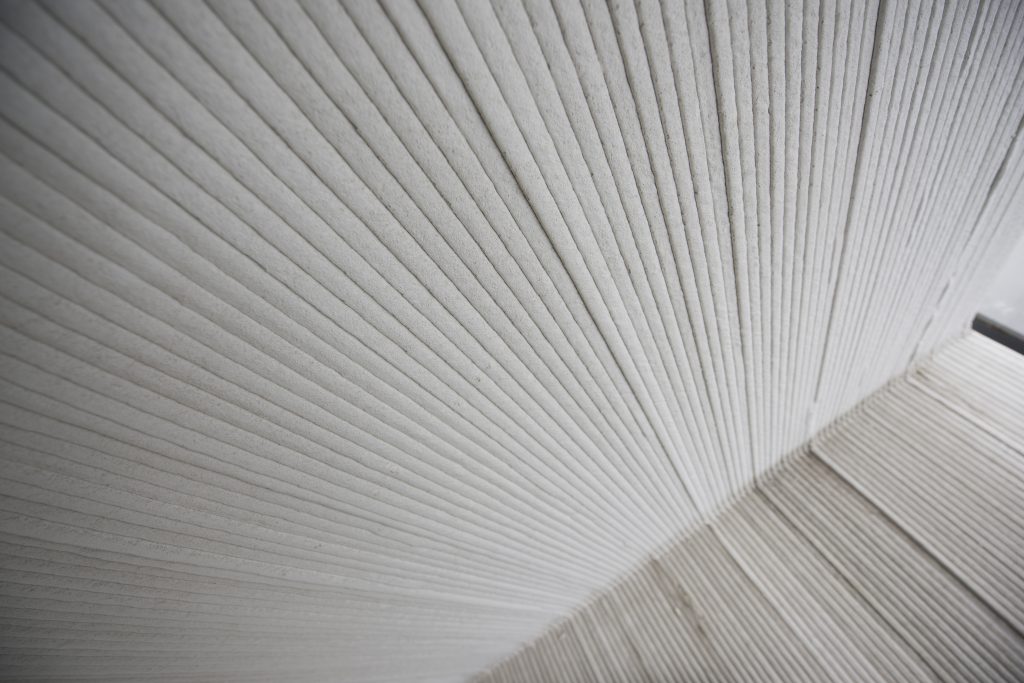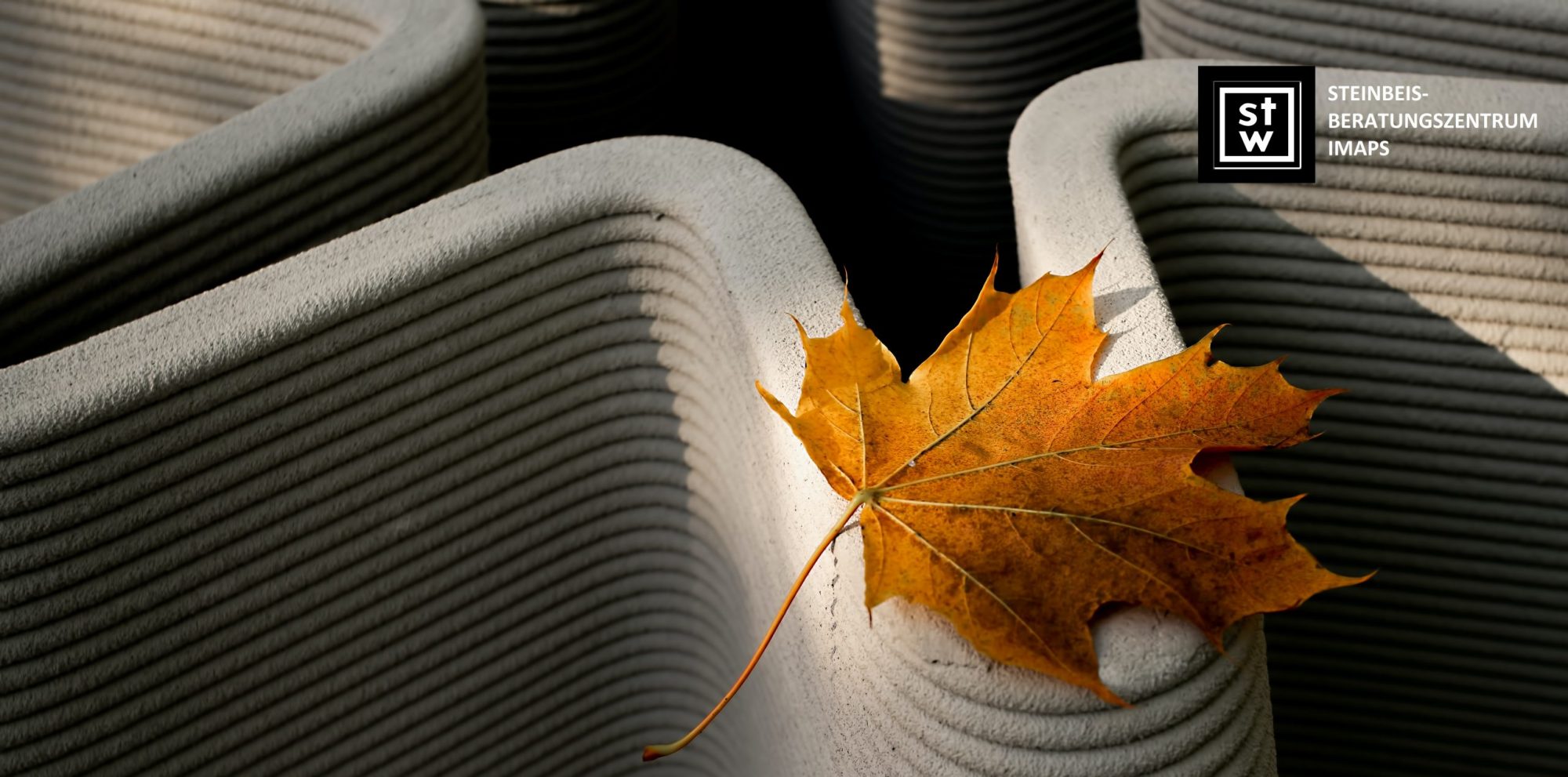Material

Concrete is the key material used in the 3D construction printing technology. As an aggregate of cement, gravel, sand and other filler materials, concrete derives its most desirable properties from the proportion and quality of the components that make up the mixture. Concrete is perhaps the most commercially affordable and structurally reliable building material. Its first recorded history is by Nabataea traders in the regions of Syria and Jordan whom had built floors, underground cisterns and housing structures out of concrete. Since then this material has been intensively developed using different processing techniques to introduce new properties. The building construction industry pivots on the integrity of concrete to deliver durable, safe and visually attractive products. However, there are more to our living spaces than concrete can offer. Our living spaces define our quality of life. It defines our state of health, our moods, the hygiene, ambience and the character which fondly sticks in our memories. At the core of erecting our living structures is of course materials. Materials and its creative use therein formulate the ambience in our living spaces. With the help of 3D construction printing we can now extend the frontiers of design for our living spaces. The printer eliminates the human factors responsible for not easily reproducing the architect’s design work. It offers the possibility of translating our design efforts into physical form at low cost, improved precision and high efficiency. By endowing the concrete based material with new properties, we introduce new efficiencies and functionalities to living spaces.
Our current work is aimed at incorporating additives which lend concrete properties such as:

- lighter weight
- high compressive strength
- high flexural strength
- corrosion-resistance
- sound dampening
- non-wetting surface
- UV light blockage
- Anti-bacterial traits
- radiation shielding
- lower alkali reactivity
Nano architectured materials make these attributes possible in concrete. We now have proven cases showing the appreciable gain in mechanical strength of concrete under both compression and flexural loading conditions. Should you envisage value in applying our 3D construction printing strategy, we will be glad to support you with architectural, materials, 3D printing and operational expertise. We offer the construction industry access to the 3D construction printing technology, helping them innovate beyond the realm of known borderlines in construction. Materials is the driving force and we are your experts in this technology.

